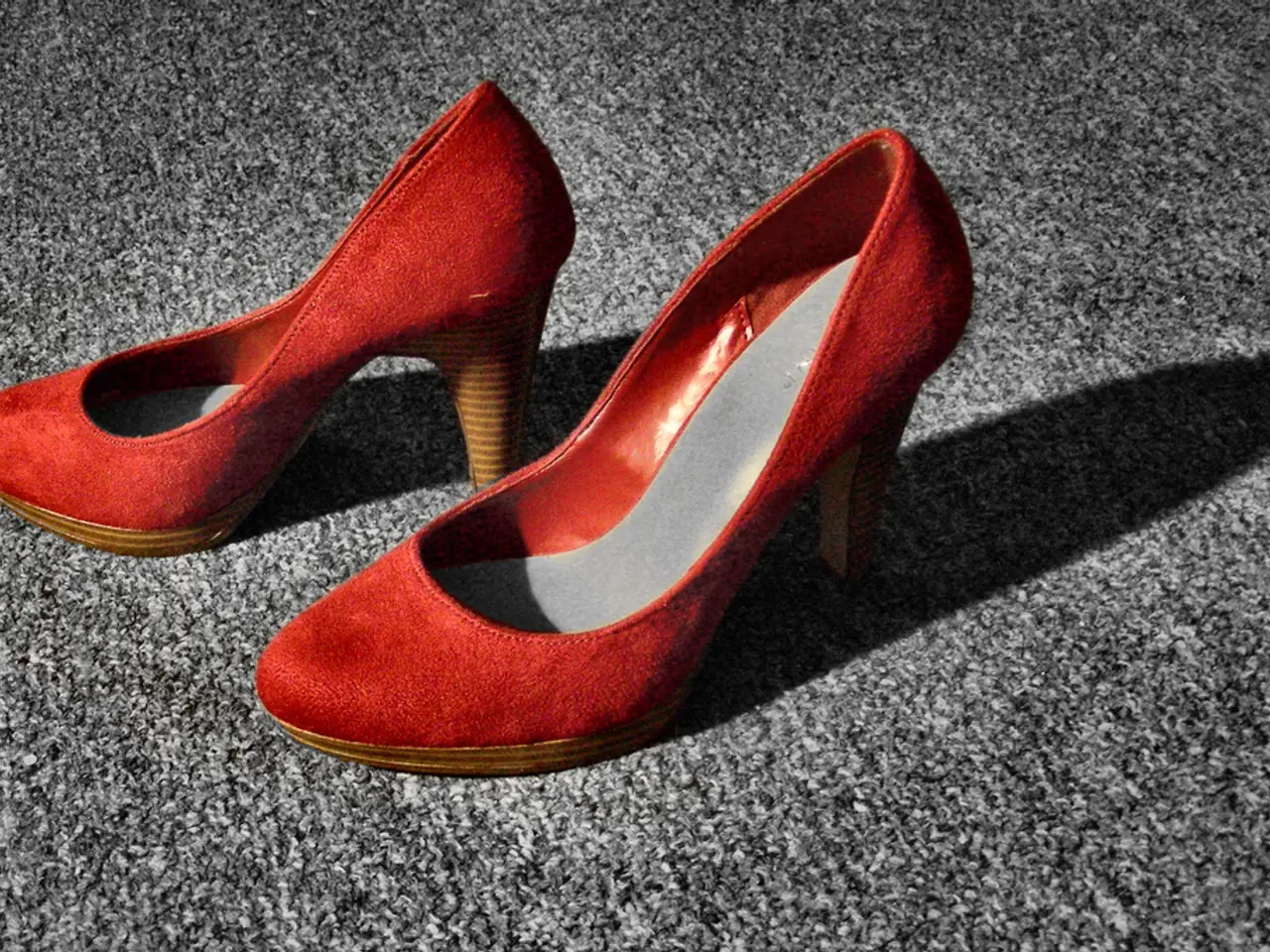Footstep Adjustments During Ambulation Explained
Foot Shuffling in Adults: A Sign of Underlying Health Issues
Foot shuffling, a common issue among adults, can be a symptom of various health problems, ranging from musculoskeletal decline to neurological conditions. This article explores the common causes, health impacts, and potential solutions for foot shuffling in adults.
Causes of Foot Shuffling in Adults
The causes of foot shuffling are diverse, with muscle weakness, joint pain, and loss of foot flexibility being among the most common. As we age, these changes in our legs and feet can lead to altered walking patterns, resulting in shorter steps and foot shuffling.
Neurological conditions such as Parkinson’s disease, dementia (including Lewy body dementia and Alzheimer’s), and multiple sclerosis can also cause foot shuffling. These diseases often result in stiffness, tremors, posture changes, reduced foot clearance, and balance problems, contributing to a shuffling gait.
Balance problems due to inner ear vestibular dysfunction, eyesight deterioration, weakened muscles, or nerve impairments can also lead to altered gait and foot shuffling.
Foot or ankle structural problems like flat feet or inflammation can also affect gait stability and promote shuffling.
Health Impacts of Foot Shuffling
Foot shuffling can have significant health impacts, increasing the risk of falls, which can cause serious injuries such as fractures. Chronic pain and discomfort in feet and ankles, due to altered weight distribution, cramping, or spasms, are also common.
Reduced mobility and confidence, potentially leading to fear of walking and physical inactivity, can further accelerate muscle weakening and health decline. In neurodegenerative diseases and dementia, shuffling may indicate progression affecting overall balance and independence.
Addressing Foot Shuffling
Addressing the underlying causes and implementing supportive therapies are important for safety and mobility. Practicing mindful walking by focusing on lifting the feet and placing them gently on the ground can help reduce foot shuffling.
If foot shuffling is a side effect of medication, it may be possible to adjust the dosage or switch to a different medication with the guidance of a doctor. Strengthening leg muscles through exercises like squats, lunges, and calf raises can help reduce foot shuffling caused by muscle weakness.
Wearing comfortable and supportive footwear with a proper fit and good arch support can also help reduce foot shuffling. Avoid wearing shoes that are too tight or too loose, or shoes with worn-out soles, as they can contribute to foot shuffling.
Improving posture by standing up straight and engaging core muscles can also help reduce foot shuffling.
The Importance of Understanding Foot Shuffling
Understanding why some people shuffle when they walk and how doctors can figure out what's going on and help them walk better again is crucial for improving their quality of life. The study suggests that doctors should carefully watch how people walk, ask them questions about their health, and do some tests to figure out what's causing the shuffling.
The study concludes that addressing foot shuffling is not just about improving mobility, but also about reducing the risk of falls, chronic pain, and potential health decline. By understanding the causes and impacts of foot shuffling, we can work towards finding solutions and improving the quality of life for those affected.
[1] https://www.ncbi.nlm.nih.gov/pmc/articles/PMC3775258/ [2] https://www.ncbi.nlm.nih.gov/pmc/articles/PMC4487182/ [3] https://www.ncbi.nlm.nih.gov/pmc/articles/PMC5672685/ [4] https://www.ncbi.nlm.nih.gov/pmc/articles/PMC4608301/ [5] https://www.ncbi.nlm.nih.gov/pmc/articles/PMC6369987/
- Incorporating elements of science, health-and-wellness, and fitness-and-exercise into therapeuties and treatments for foot shuffling can significantly improve patient outcomes, as proper exercise, posture, and footwear can help reduce foot shuffling and its related health impacts.
- Proper nutrition, being an integral part of overall health, plays a crucial role in maintaining joint health, muscle strength, and bone density, all of which can help alleviate foot shuffling, especially in older adults.




